Chrome Griddles vs. Stainless Steel Griddles
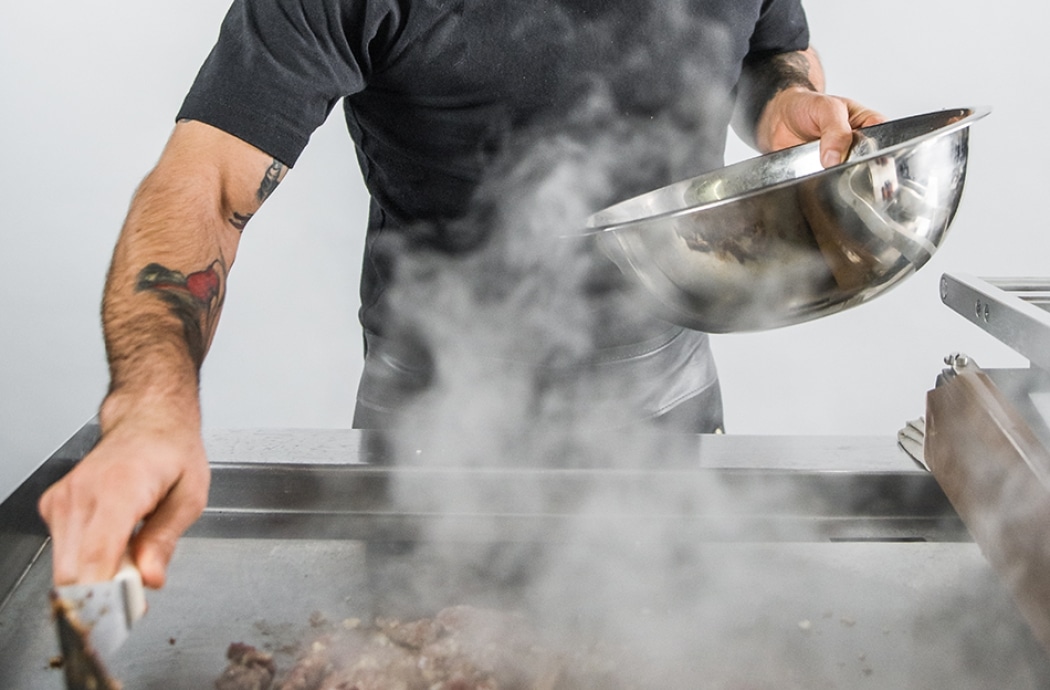
When it comes to choosing the perfect griddle for your kitchen, the decision often boils down to two popular options: chrome or standard stainless steel griddles.
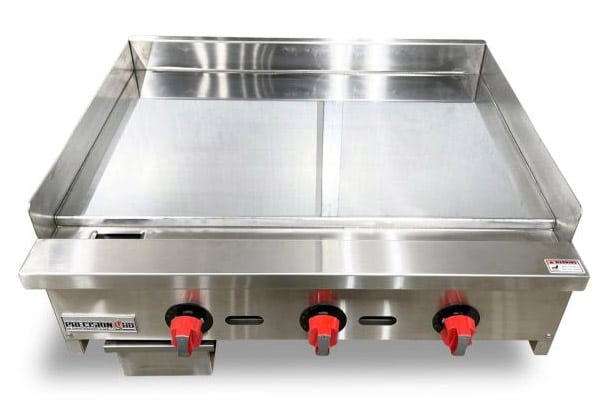
Chrome Griddles
| Pros | Cons |
| Heat Distribution | High Cost |
| Non-Stick Surface | Maintenance |
| Polished Finish | Weight |
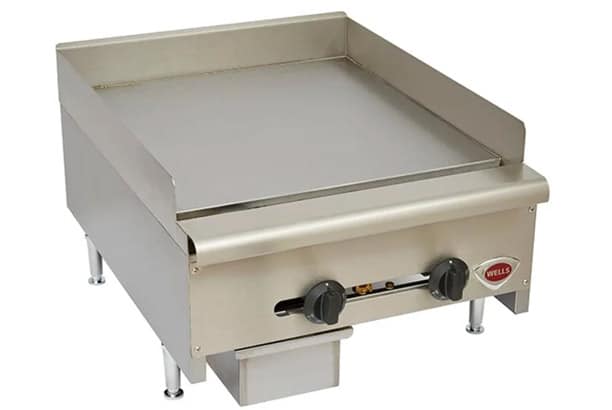
Stainless Steel Griddles
| Pros | Cons |
| Affordable | Heat Distribution |
| Durable | Stick Surface |
| Versatile | Less Polished |
As we can see, each has unique features, advantages, and limitations that influence the performance, maintenance, and suitability of a griddle for different cooking environments. The next step is to compare the specs of each griddle type to help you decide which features are most important for your foodservice setup. These specs are Material Composition, Heat Distribution, Durability, Ease of Cleaning, and Cost.
Material Composition
- Chrome: These griddles typically consist of a base made of steel or cast iron, coated with a layer of chromium plating. Chromium, a highly reflective and non-stick metal, enhances heat efficiency and reduces food sticking. The chrome coating also minimizes heat radiation from the surface, contributing to consistent cooking.
- Stainless Steel: These are made entirely of stainless steel, an alloy of iron, carbon, and some chromium. The chromium content in stainless steel provides corrosion resistance and durability. Unlike chrome griddles, stainless steel griddles lack a surface coating, resulting in a less reflective surface and greater heat dissipation.
Heat Distribution
- Chrome: Chrome’s thermal properties ensure excellent heat retention and distribution. The reflective surface minimizes heat loss, maintaining consistent temperatures across the cooking area. This quality is particularly useful for delicate foods such as eggs, pancakes, and fish that require precise temperature control. Chrome griddles excel in applications where heat consistency is the highest priority.
- Stainless Steel: While stainless steel offers good heat conductivity, it is less efficient at retaining heat compared to chrome. This can lead to uneven cooking surfaces and slower recovery times when cold food is placed on the griddle. Stainless steel griddles are better suited for high-heat applications where rapid temperature changes are less critical.
Durability
- Chrome: The chrome layer is resistant to corrosion and wear, making these griddles long-lasting. However, the chrome coating is prone to chipping or scratching if abrasive tools or cleaning methods are used. Once damaged, the underlying steel base may become vulnerable to rust and compromise the griddle’s performance.
- Stainless Steel: Stainless steel is inherently durable and resistant to rust, even without additional coatings. These griddles can handle heavy-duty use, including exposure to acidic ingredients and abrasive cleaning tools. However, stainless steel surfaces are more prone to discoloration over time due to heat and food residue.
For heavy-duty electric griddles with patented Rapid Recovery™ technology, Vulcan griddles are the way to go.
For the widest selection of manual and thermostatic griddles, check out the Counterline series from Southbend
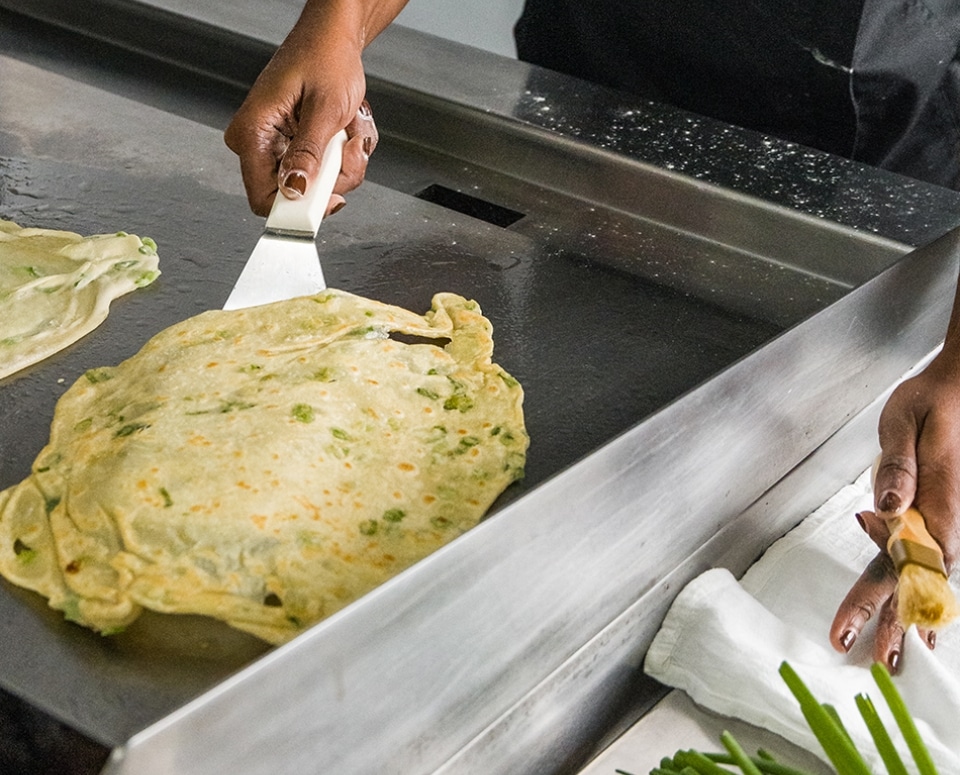
Ease of Cleaning
- Chrome: The smooth, non-stick surface of chrome griddles significantly reduces food sticking, making cleaning easier. Most food debris can be wiped away with a damp cloth or soft scraper. However, cleaning requires care to avoid damaging the chrome coating. Chemical cleaners or abrasive pads are not recommended, as they may strip the chrome layer.
- Stainless Steel: Stainless steel griddles are less forgiving when it comes to stuck-on food, often requiring more scrubbing. While they can withstand aggressive cleaning methods, over time, scratches from abrasive tools can create a less smooth surface, making future cleaning more challenging. Chemical cleaners are safe for stainless steel and can be used to remove stubborn stains or discoloration.
Cost
- Chrome: Chrome is the premier product in the griddle world, and so comes with a higher price tag. The cost reflects the material composition, manufacturing process, and added benefits such as energy efficiency and ease of cleaning. For restaurants and establishments where consistency and precision are critical, this investment can pay off.
- Stainless Steel: Stainless steel griddles are more affordable and accessible, making them a popular choice for new foodservices and to-go kitchens. While they lack some of the advanced features of chrome griddles, their mobility, durability, and versatility provide excellent value for the price.
For the best combination of reliability, portability, and affordability, be sure to see what Globe has to offer.
If your just starting out your foodservice journey, Waring offers the perfect entry models.
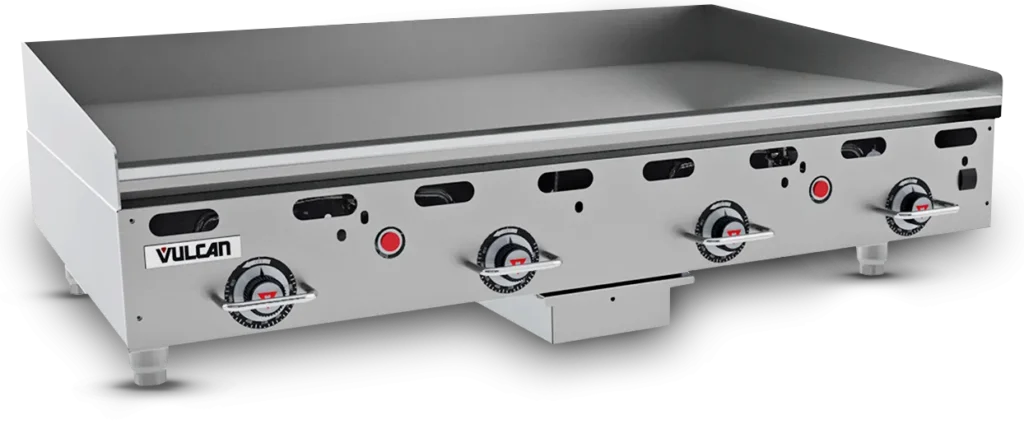
Now that we’ve covered the basic specs of each griddle, let’s compare three long-term, lifestyle features of these griddles—these include Cooking Application, Energy Efficiency, and Long-Term Maintenance.
Cooking Application
- Chrome: The non-stick nature and precise temperature control of chrome griddles make them ideal for cooking delicate foods and items that require a pristine presentation. Eggs, pancakes, fish fillets, and crepes are all well-suited to chrome surfaces. Additionally, chrome griddles reduce flavor transfer, making them a preferred choice for kitchens that prepare a variety of dishes simultaneously.
- Stainless Steel: These griddles are better suited for heavy-duty cooking applications such as searing meats or preparing high-volume meals. Their ability to withstand extreme temperatures makes them a reliable choice for cooking burgers, steaks, and other hearty dishes. However, food is more likely to stick, especially if the surface isn’t well-seasoned.
Energy Efficiency
- Chrome: Chrome griddles are more energy-efficient due to their reflective surface, which reduces heat loss and maintains consistent temperatures. Over time, this efficiency can translate into significant energy savings, particularly in high-volume kitchens where the griddle is in constant use.
- Stainless Steel: While stainless steel griddles are robust, they are less energy-efficient due to higher heat loss through radiation. This may result in higher energy consumption to maintain desired cooking temperatures, especially in demanding environments.
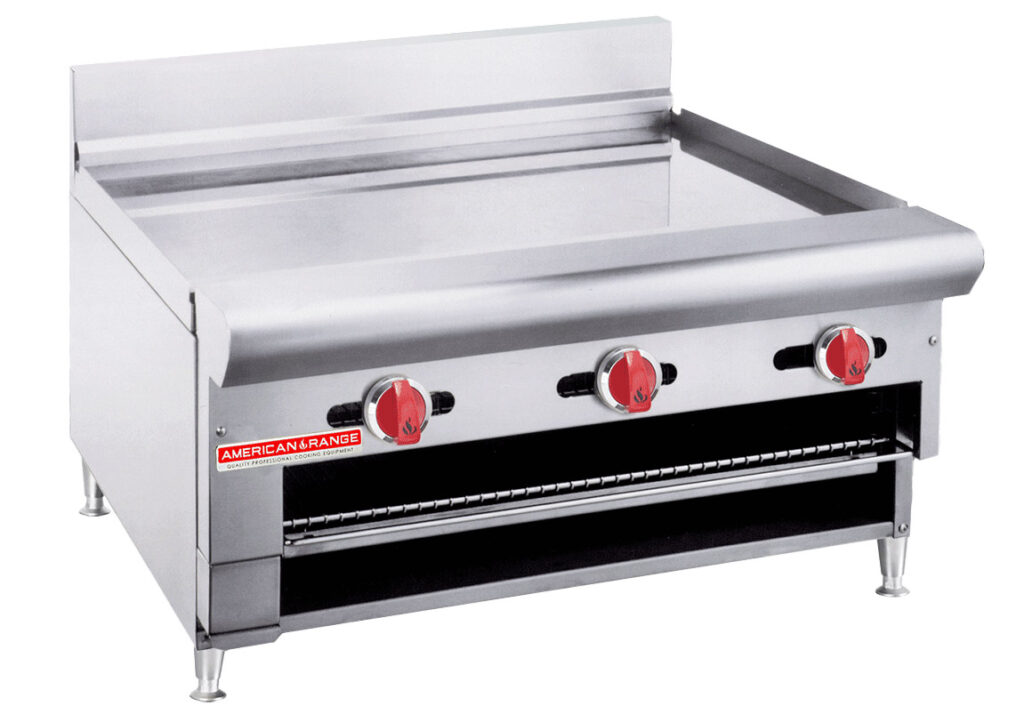
Long-Term Maintenance
- Chrome: Maintenance involves careful cleaning to protect the chrome layer. Regular wiping and using soft tools to scrape off residue help preserve the surface. Repairing a damaged chrome griddle can be costly and challenging, as re-plating is not always a viable option.
- Stainless Steel: Stainless steel griddles require less delicate maintenance and can handle heavy cleaning tools and chemicals. While they may show discoloration or wear over time, these issues are cosmetic and do not compromise the griddle’s functionality.
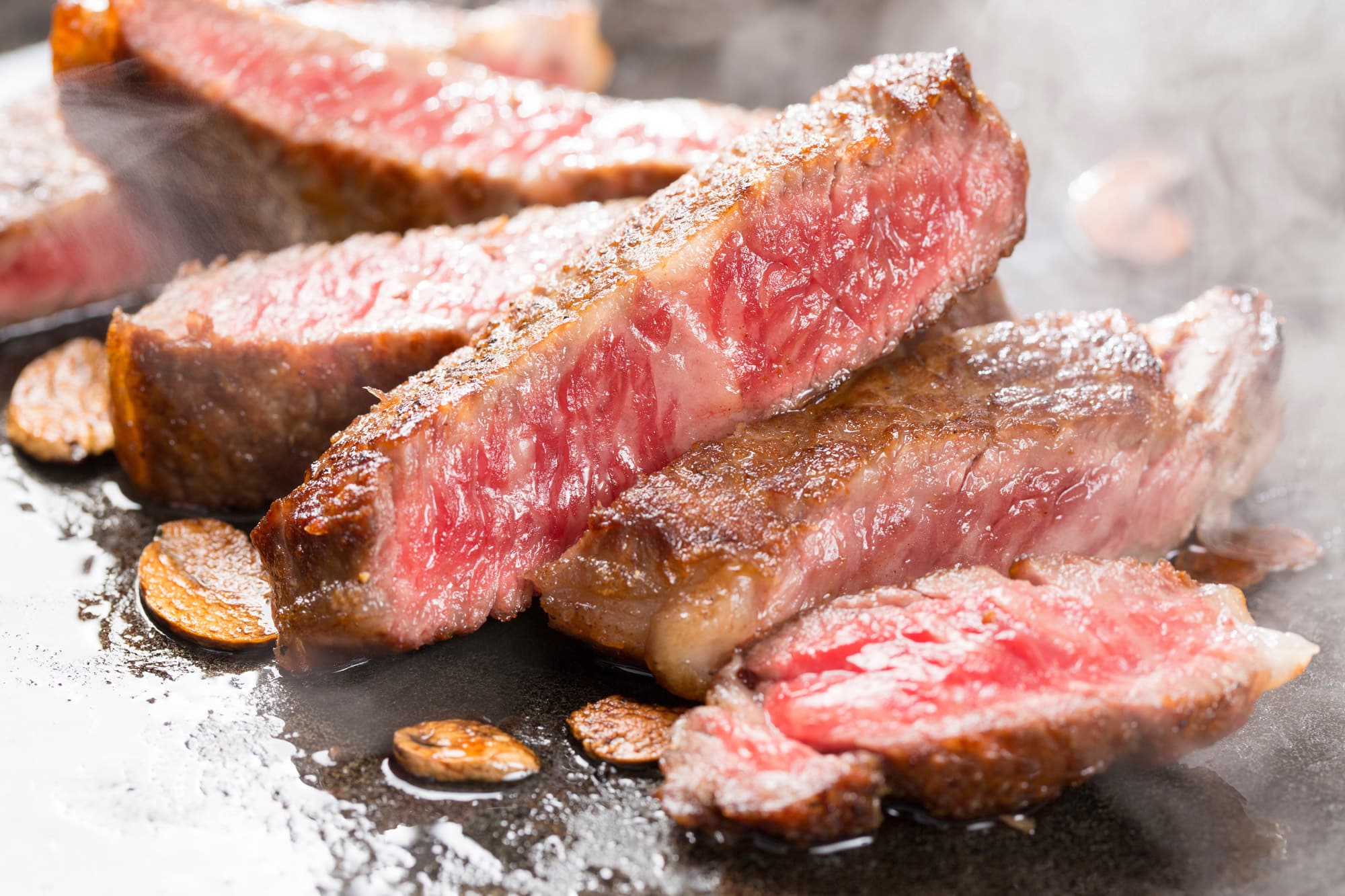
Order Up
The choice between a chrome griddle and a standard stainless steel griddle depends largely on your specific cooking needs, budget, and operating environment. Chrome griddles excel in precision, energy efficiency, and ease of cleaning, making them ideal for high-end or high-volume kitchens. Their non-stick properties and reduced heat radiation are significant advantages, especially for delicate cooking tasks. However, they require careful maintenance and come with a higher upfront cost.
On the other hand, stainless steel griddles are versatile, durable, and more affordable, making them a practical option for general-purpose use. While they may require more effort to maintain and are less energy-efficient, their robust construction ensures longevity, even in demanding settings.
Ultimately, the decision comes down to balancing performance, durability, and cost against the specific demands of your cooking operation.
Looking for more Griddles?
Shop the American Range line of gas and liquid propane griddles
Learn the basics of firing up your flat top griddle
